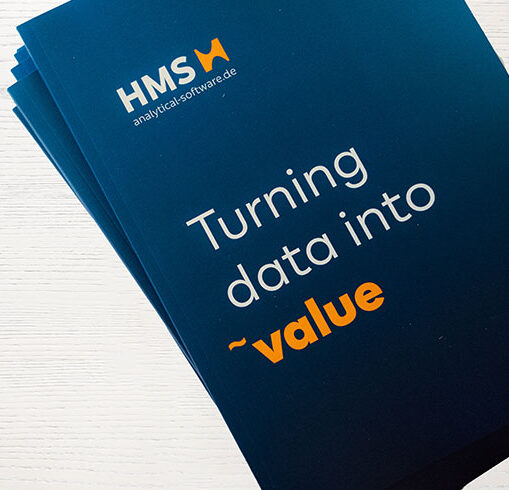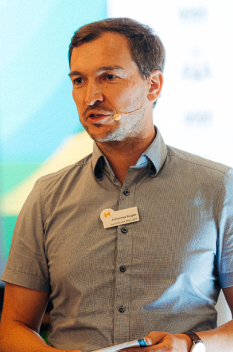

The competence center SAS bundles all software activities from the SAS Institute. In our SAS projects, we maintain and develop SAS applications in the classical way using Linux, Windows, or Mainframe. Cloud environments and Kubernetes have just been added as well. In addition to developing SAS program code, HMS also offers services for the design, implementation, administration, and monitoring of SAS platforms with several hundred users. The SAS competence center helps employees meet these high demands and acts as an enabler for every conceivable situation.
We explore exciting technologies, practices, and DevOps processes. In addition, we are constantly developing the in-house open source unit testing framework SASUnit and adapt it to our project requirements.

I have encountered this question for years, and so has the SAS Institute itself, because SAS has been around for an impressively long time. SAS is very much alive. The market environment for SAS is highly competitive because many new frameworks and tools have appeared on the market in recent years, but SAS remains on high demand. Many customers appreciate consistency and a sophisticated platform that already has many features, which are important in an enterprise environment.
Our first customers are currently planning to switch to the new SAS Viya 4 platform. There is a plethora of topics here: understanding the new platform, setting up test environments, training employees, etc.
In addition to technical aspects and general tasks, we also maintain contacts with SAS and its partner management. On top of that, we are well-connected with sales and technical experts. The Gold Partnership also gives us a range of benefits, including free software licenses, e-learning, certification vouchers and access to exclusive partner resources.
SAS code runs continuously. Over the years, many of our customers have built up their entire DWH, reporting or ad hoc analyses with SAS and have used hundreds of productive programs. With the development and modernization of such systems, our SAS experts will certainly not run out of work for the foreseeable future.


How can I start a Python session with SAS? Why would I want to do that? Two use cases for web scraping and writing parquet files with code examples were presented during the presentation.
Everyone is talking about Docker containers. How do you get your SAS workloads packed into a container? During this knowledge circle, we discussed two approaches using do-it-yourself as well as SAS’ finished container image to shed light on the differences as well as advantages and disadvantages.
What is changing with SAS Studio (for Viya 4) and how can you switch from SAS Enterprise Guide projects? How do you work with the new workflow view? This presentation was rounded off with several demos and practical parts, as well as a presentation of some best practices.






